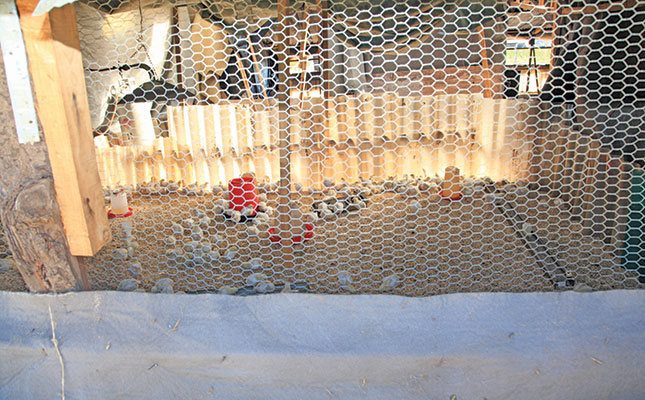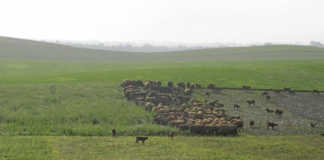
Photo: Kim Dyson
Aloe vera has many uses for horses (and humans). The most recent research suggests that Aloe vera can improve hoof growth and condition. However, there are more than 200 varieties and only three or four have medicinal properties. So it’s important to know which varieties these are, and which parts of the plant are most beneficial.
Aloe barbadensis has been of most use to humanity. It’s a succulent that looks rather like a cactus. Flourishing in warm, dry climates, it reaches maturity in four years, when the content of its leaves, a mixture of inner gel and outer sap, can be harvested.
READ: A list of plants that are a danger to horses
Researchers claim that the fleshy pulp inside the leaves contains essential vitamins, minerals and amino acids that can alleviate many chronic conditions. In horses, Aloe vera is effective in the treatment of, inter alia, arthritis, ear and eye problems, gastric ulcers, head shaking, mud fever, navicular disease, rain scald, ringworm, skin problems and tendon injuries.
For now, though, I want to discuss how Aloe vera improves hoof growth. Most of the same minerals, vitamins, amino acids and trace elements in over-the-counter hoof supplements are present in Aloe vera, although in smaller quantities.
However, tests at the University of Northampton show that the synergistic action of the constituents of Aloe vera mean that the plant is highly effective for growing hooves.
Hoof growth experiment and results
A group of horses, aged from two to five years, was divided into two groups. One group was fed 120ml Aloe vera gel daily for 16 weeks; the other group was an untreated control.
Both groups grazed together so that they were all on the same nutritional plane. Feet were trimmed at the beginning of the experiment, at 63 days and again at 126 days. At each trimming, the researchers took measurements of the hoof at various points and so calculated a mean hoof volume. The results were as follows:
- Treatment group average hoof growth – Up to 63 days: 11,67mm. Day 64 to day 126: 11,21mm.
- Control group average hoof growth – Up to 63 days: 11,21mm. Day 64 to day 126: 7,54mm.
As can be seen, in the first 63 days, the difference between the two groups was minimal. This makes sense as, like many other natural products, Aloe vera takes time to get into the system and start working.
In the second period, the rate of growth in the control group dropped dramatically. This was due to the time of year – late summer – when the pasture grazed by the horses was declining in food value. By contrast, the treatment group showed a significant increase in the rate of horn growth, 42% more than that of the control group.
Improved hoof condition
In addition to better horn growth in the treatment group, it was observed that the new horn growing at the top of the hoof was smoother and shinier in the treatment group. This suggests that the horn produced in horses supplemented with Aloe vera is of better quality than that in horses that do not receive Aloe Vera supplements.
Also, the hooves of the treatment group had fewer sites of damage, such as cracks in the hoof wall, than those in the control group.
When choosing your Aloe vera product, use only cold-processed inner leaf Aloe vera, not ‘reconstituted Aloe vera’ or ‘Aloe vera extract’. Products like these are likely to be far less potent than the pure form.
This article was originally published in the 15 January 2016 issue of Farmer’s Weekly.













